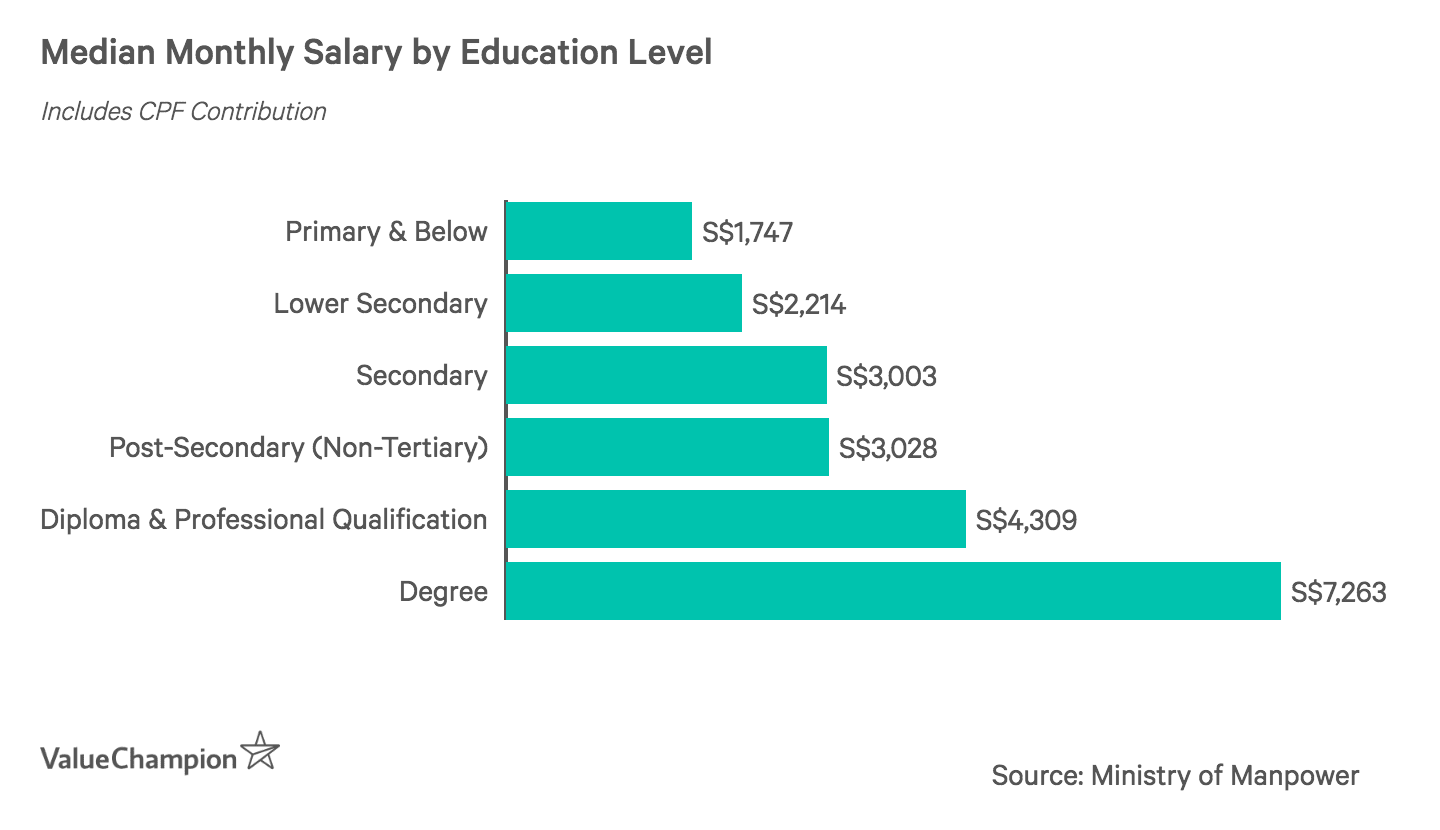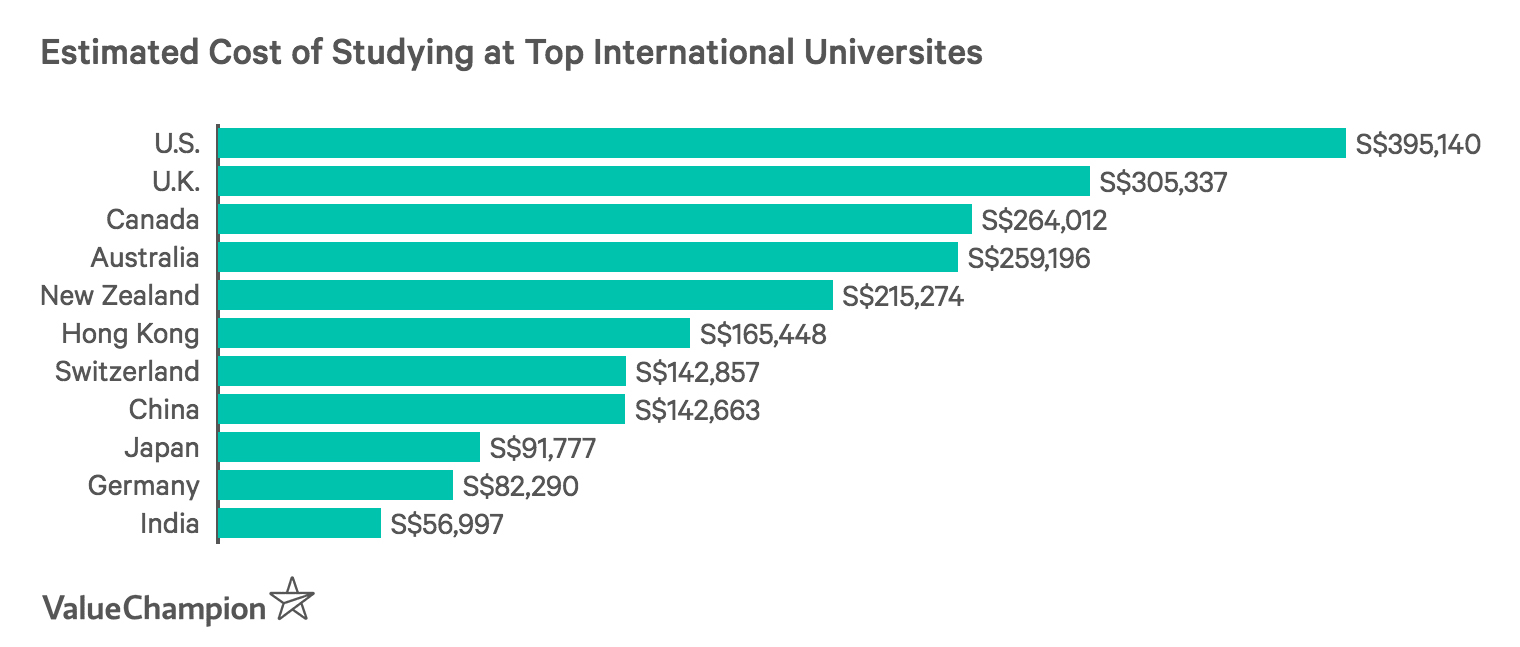During this time of the year, students are receiving their university admissions and deciding which university they will attend in the coming academic year. It’s an exciting time given the high expectations that come with pursuing further education, and these degrees can greatly increase the earning potential of future graduates.
However, the cost of attending university is not always cheap. In this article, we provide some tips about the admission process, including ways to make university cheaper for students.

Consider All of Your Options
The first thing to do once you’ve heard back from each school on your list is to compare all of your options. It can be helpful to create a spreadsheet that includes the universities you’ve been accepted into, academic programme, the academic programme’s cost, and some notes about potential career outcomes.
Seeing all of your options outlined can help make the comparison and selection processes easier to handle. For example, it allows you to visually rank each of your options by factors that are most relevant to your decision, such as cost, location, or programme specialty.
Plan Your Finances
In your acceptance materials, there should be some documentation explaining the cost of attending university, including your financial aid package if applicable. While attending university can be a great investment in one’s future, the upfront cost can be significant. With the increasing rate of inflation in Singapore, education costs such as university fees are also much higher than they were earlier in the decade.
Still, the cost of tuition for Singaporean students at local universities is a fraction of the tuition in other countries. In particular, the cost of obtaining a university education is especially high in the United States and the United Kingdom.

It is important to understand the total cost of attending each university on your list. For example, unless you plan to live at home, you will have to consider the cost of room and board. Also, students studying overseas will have to budget for flights and other travel related expenses. You’ll also have to factor in the cost of textbooks, a laptop and other education-related expenses.
Should You Get a Student Loan?
Many students will not be able to pay the sticker price of a university education. Luckily, there are many ways to reduce the total cost of obtaining a degree, such as getting a student loan to fund your studies.
Typically, student loans are divided according to your specific type of education. This means that the best student loan for you might differ depending on whether you’re intending to study locally or internationally, as well as whether you’re planning to be a part-time or full-time student.
For instance, while OCBC’s Frank Education Loan is one of the best options for local and international full-time students, Maybank’s Education Loan might be a better option for low-income students due to its low minimum income requirements.
Additionally, the cost and maximum borrowing amount of each loan varies greatly according to the specific bank that you’re looking at, which is why it is crucial to compare interest rates and loan details across various banks before applying.
If you choose a student loan that is a perfect match for the financial requirements of your university education, you could save thousands of dollars while still studying at your dream school. It is thus of utmost importance that you compare the best loan offerings available in order to minimise the total cost of your degree.
Other Options to Ease the Financial Burden
Fortunately, student loans are not the only way to get a more affordable university education. Scholarships are another viable option for students studying both in Singapore and abroad.
Even if you were not offered a scholarship as part of your admissions offer letter, you may be able to find one through the university. At some universities in Singapore, it is possible for students to apply for “short-term” scholarships once they’ve matriculated.
These scholarships can offer up to about S$15,000, a sizable sum for those seeking to make their education more affordable.
It is also common for outside organisations to offer scholarships once you’ve been admitted. Therefore, it is best to enquire through each school’s admissions or financial aid department about potential scholarship opportunities.
It may also be possible to find part-time employment at or near your university in order to offset the cost of tuition and living expenses. However, it is important to understand the time commitment of a part-time job, as it would be unwise to agree to a position that interferes with your academics.
Finding the Right Fit
Each student and family’s preferences will affect how they choose between offers from various universities. From academic specialities to location to cost, there are a number of factors to carefully consider.
Although the cost of university education is high, finding the right tuition fee loan or scholarship is a great way to attend your dream school without worrying about its tuition fee.
The article Start University on the Right Foot: 4 Things to Consider After Receiving Your Admissions Letter originally appeared on ValueChampion.

